
PBS and NPR stations face a funding crisis that could silence hundreds of outlets by October 2025. According to CBS News, nearly 576 stations (330 PBS and 246 NPR stations) nationwide risk collapse unless $1 billion in donations arrives in time.
For over 50 years, these stations have provided education, emergency alerts, and trusted local journalism. Now, the system is unraveling.
Let’s look at how this crisis began, who it affects, and what could be lost if support doesn’t come quickly.
How Congress Pulled the Plug

The summer of 2025 brought catastrophe. Axios and NPR report that Congress voted along party lines to eliminate $1.1 billion in federal funding for the Corporation for Public Broadcasting.
PBS NewsHour and the Associated Press confirm that President Trump signed the rescissions bill on July 24. This decision immediately terminated federal support, leaving hundreds of stations scrambling to fill major budget gaps. With CPB winding down, the entire public media system is destabilized.
Why This Matters Right Now

The Knight Foundation reports that 115 stations serving 43 million Americans depend on federal funds for more than 30% of their budgets. Without help, closures could start by October.
These cuts hit hardest in places where public stations are the only source of news. Rural and Indigenous communities face losing vital services, including PBS Kids programming, emergency alerts, and local journalism that connects them to the outside world.
Canadian Donors Walk Away

In Spokane, Washington, KSPS faces a unique challenge. CBS News reports that many Canadian donors withdrew support after President Trump’s talk of making Canada the 51st state.
The Associated Press notes this cost KSPS $1.2 million, equal to 18% of its budget. The fallout forced the station to cut one-third of its staff. This cross-border backlash highlights how national politics can directly impact local public media survival.
A North Carolina Station Fights Back
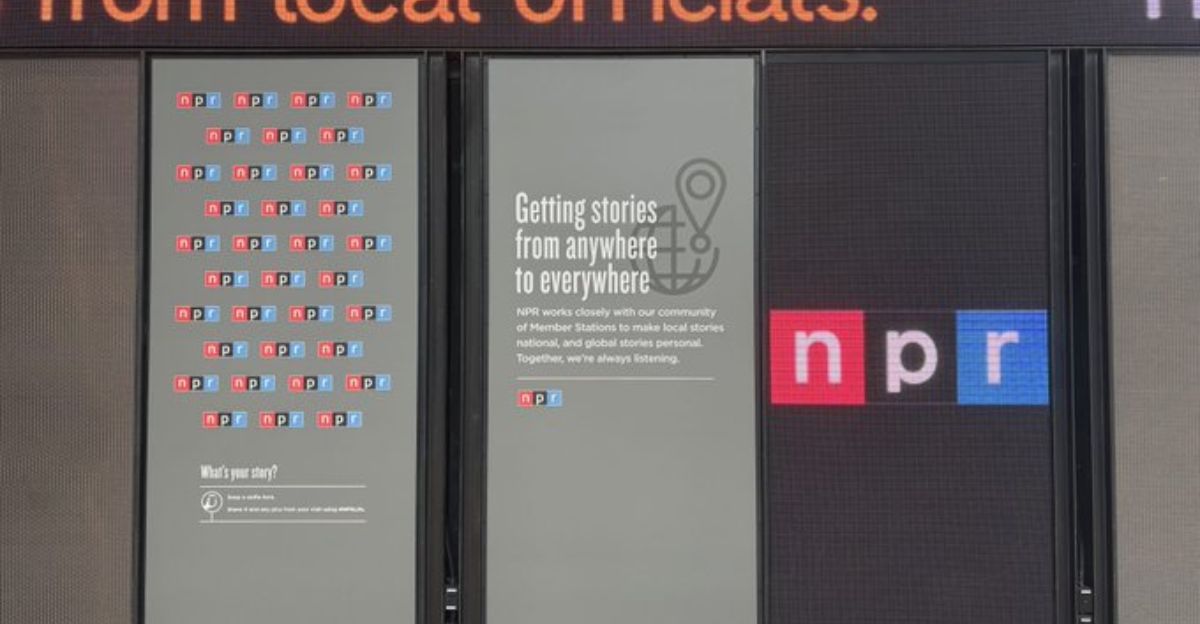
Not every story is grim. WHQR in Wilmington, North Carolina, launched an emergency fundraiser and raised over $200,000 in just three days, exceeding its $174,000 goal, according to CBS News.
General Manager Kevin Crane credited retirees moving to the region, who depend on WHQR for local information. The success shows communities can rally when stations ask for help, offering hope during a time of nationwide uncertainty.
Hawaii’s Wildfire Lesson
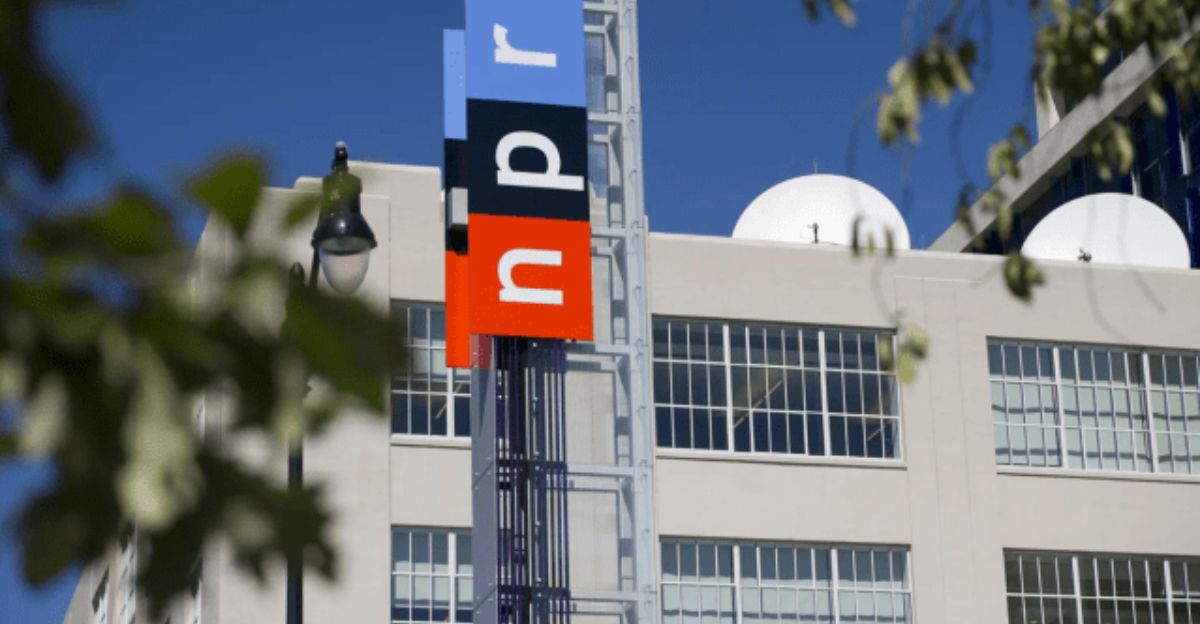
Hawaii Public Radio lost $525,000 in federal funding, but its community responded quickly. Maui Now and CBS News report the station raised $650,000 in an emergency campaign.
CEO Meredith Artley says this proves the station’s work is “vital to the community.” Their constant coverage of the 2023 Maui wildfires built trust, and listeners stepped up when federal support vanished. Hawaii shows how lived experience can drive strong support for public media.
Extraordinary Acts of Kindness
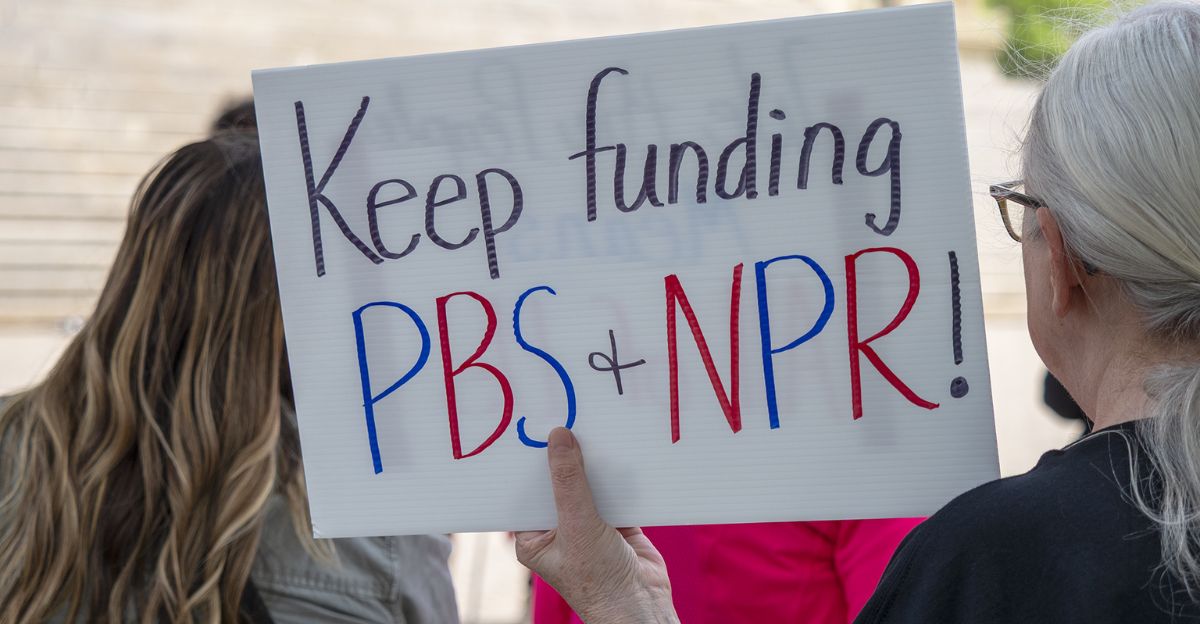
Americans nationwide are stepping up. PBS reports a Florida child fundraised for Alaska stations with a crayon-written note. In California, a donor gave $100,000 to PBS SoCal.
According to station reports, PBS SoCal received three six-figure donations in just days. These stories show how small gestures and large gifts alike keep public stations alive. Community generosity is rising, but the long-term gap is still far from closed.
The Human Cost of Cuts
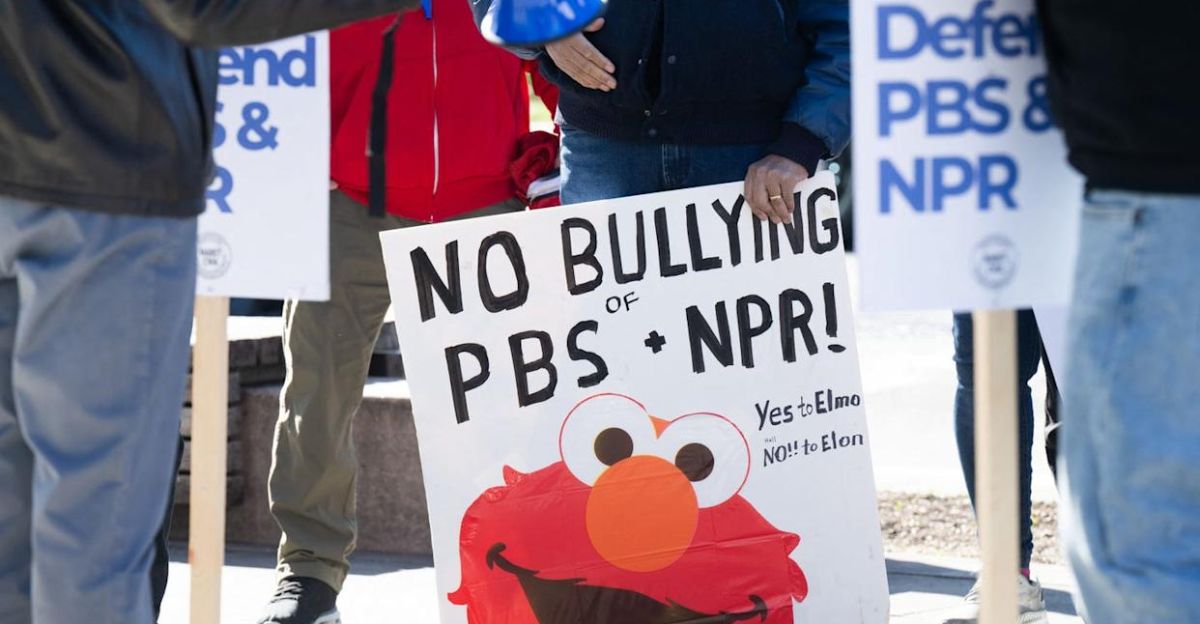
The Associated Press confirms KSPS has already cut 12 of 35 staff members. These layoffs and pay reductions highlight the painful choices stations must make.
In Alaska, PBS reports the weekly show Alaska Insight has been permanently canceled. Another local favorite, Indie Alaska, also hangs in the balance. As budgets collapse, communities lose trusted local voices that reflect their identity and daily lives.
Rural Communities Hit Hardest
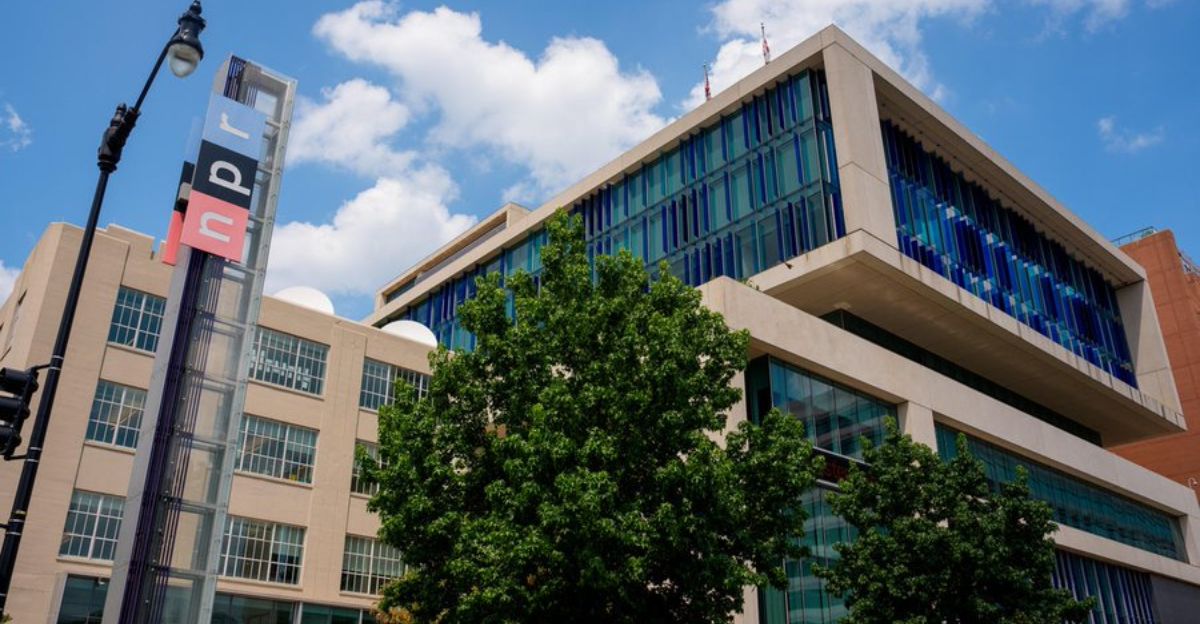
The Knight Foundation and Public Media Company report that 115 stations serving 43 million Americans could lose more than 30% of their budgets. Most of these outlets are rural.
Without them, entire regions lose PBS Kids programming, life-saving weather alerts, and the only local journalism available. According to CPB documentation, some Indigenous and low-income communities would be left without critical public services altogether.
Cutting Dues Offers Little Relief
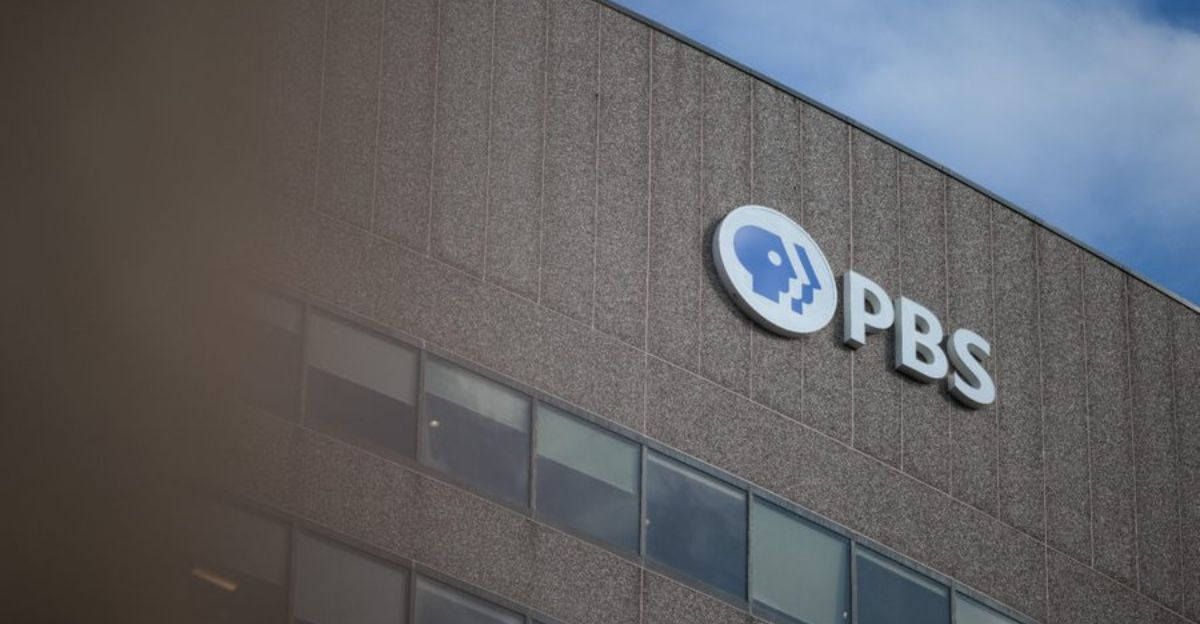
PBS and NPR cut member station dues to ease the blow. The New York Times reports PBS reduced dues by an average of 15%, with some outlets receiving over 50% relief.
CBS News quotes PBS President Paula Kerger, who admits these cuts cannot replace the loss of federal funding. While dues relief helps cash-strapped stations temporarily, it falls far short of bridging multimillion-dollar gaps across the system.
Foundations Step In With Millions

Philanthropy is moving quickly. Official announcements show the Knight Foundation committed $10 million, and the MacArthur Foundation pledged another $10 million in direct support.
Ford, Schmidt, and others added to the effort, bringing total emergency commitments to $36.5 million. According to Public Media Company, the Public Media Bridge Fund aims to raise $100 million over two years. That still covers only a fraction of what CPB once provided.
Trying the Adopt-a-Station Model

NPR is testing a new system where larger stations and wealthy donors adopt struggling affiliates. WHYY and The Intelligencer report this could save some rural outlets.
But Tim Isgitt of Public Media Company warned in The New York Times of a possible “doom loop,” where each closure shrinks the network’s resources, triggering more failures. Philanthropy may help temporarily, but risks creating permanent inequities.
Alaska’s $15 Million Challenge

Alaska Public Media faces one of the steepest climbs. The Alaska Community Foundation reports the network needs $15 million by October to sustain 27 stations serving remote communities.
The new Voices Across Alaska Fund coordinates fundraising statewide. Organizers emphasize that public radio in Alaska is often a lifeline. In remote regions, radio can literally mean the difference between safety and danger during emergencies or extreme weather.
Signature Shows on the Line

National icons are at risk. CBS News reports PBS will move ahead with Ken Burns’ The American Revolution this November.
But local programs face deeper cuts. CBS News notes KSPS may shrink Northwest Profiles and Inland Sessions. CPB adds that Ready to Learn children’s grants ended in May. This puts trusted kids’ programming at risk just as families need it most.
More Than Shows Disappear
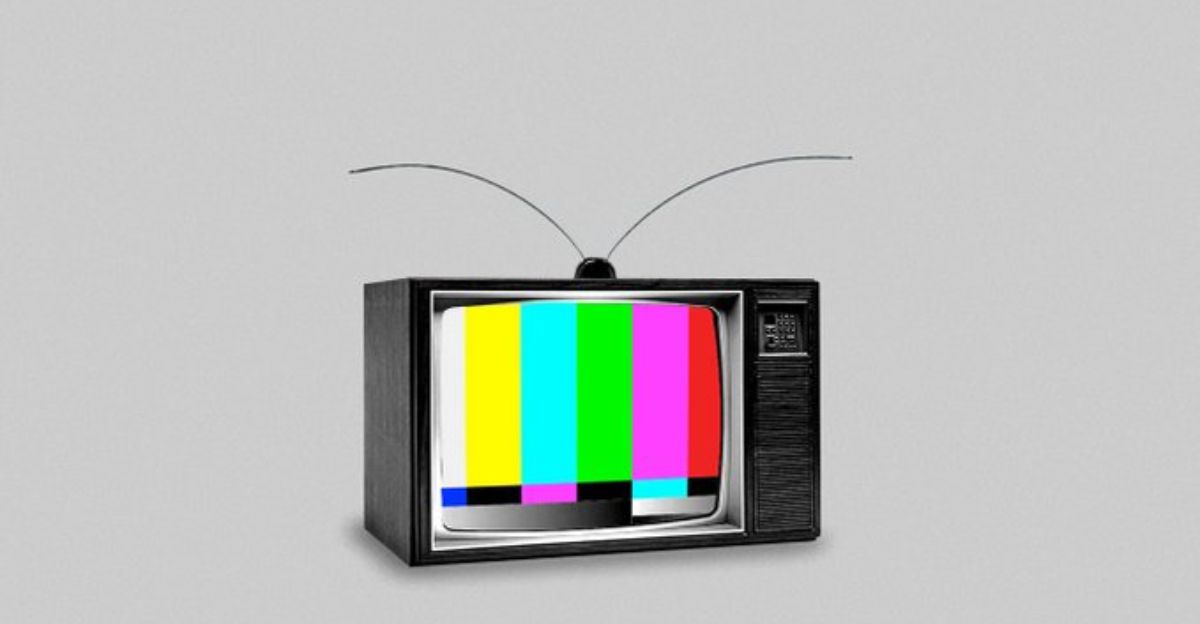
The stakes go beyond entertainment. According to CPB, public stations provide free emergency alerts, PBS Kids education, and vital local journalism.
NBC News warns that 59 tribal radio stations may close, threatening cultural preservation and safety for Indigenous communities. The end of these services would leave some of America’s most vulnerable citizens without information during disasters or emergencies.
Who Decides Which Stations Survive?
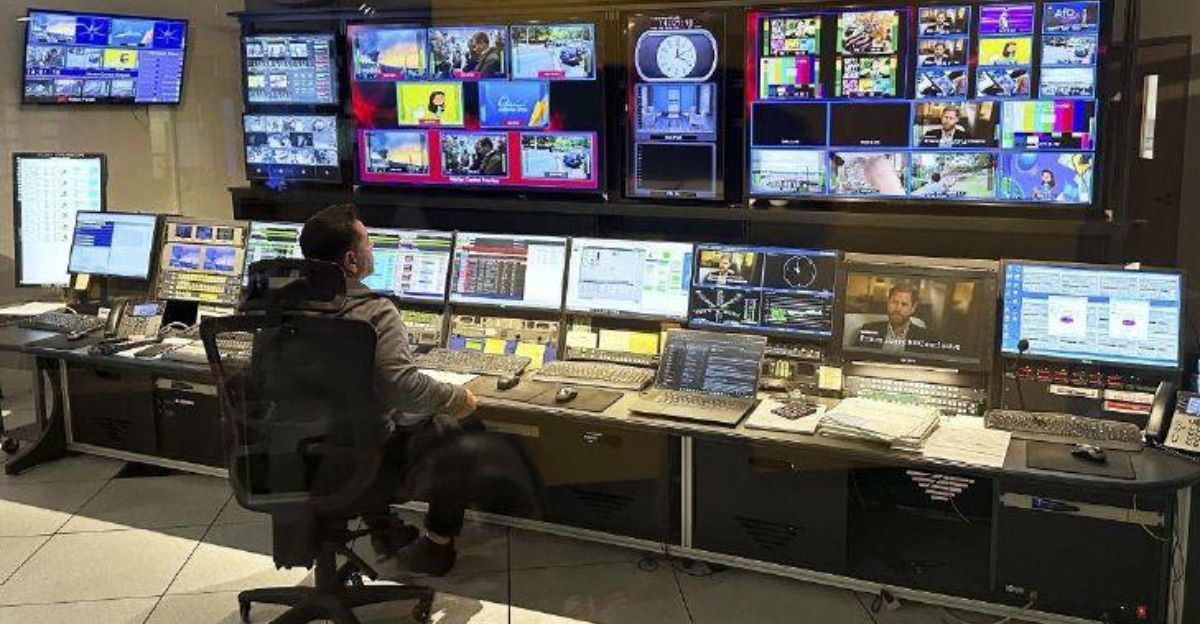
With federal support gone, survival now depends on donors and foundations. The Knight Foundation says philanthropy provides “a vital emergency revenue stream” but cannot replace steady funding.
The question becomes: who decides which stations get saved? Wealthy markets may thrive, while rural and underserved communities fall behind. This new reality risks creating a system driven more by money than by public need.
The October Deadline
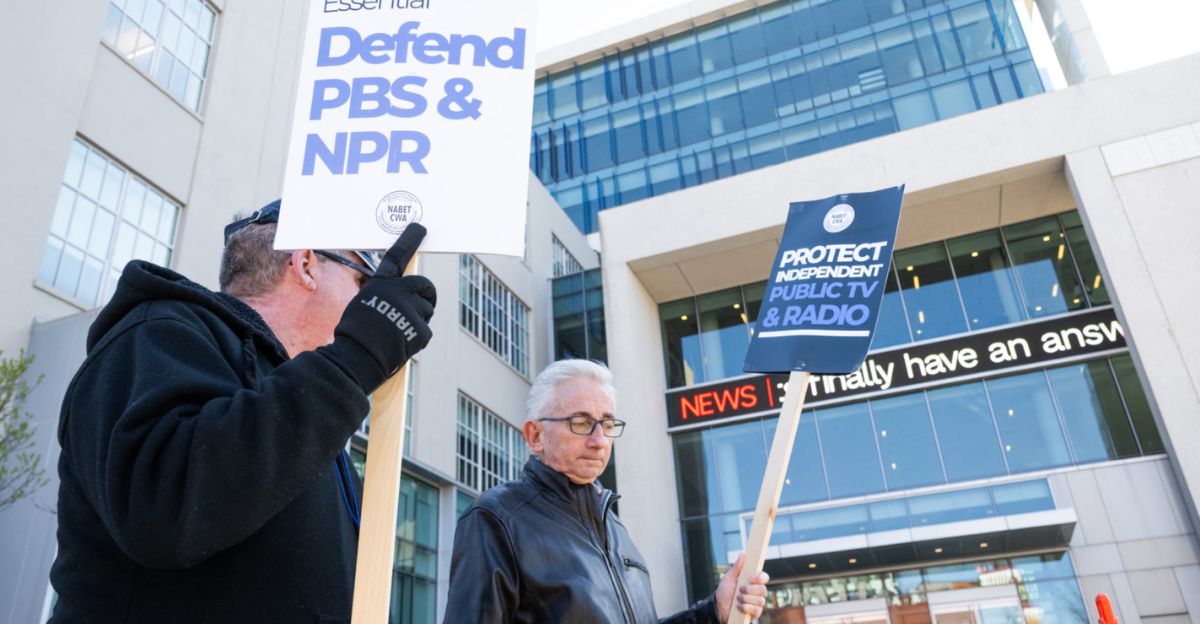
The countdown is real. PBS NewsHour quotes Paula Kerger warning, “some vulnerable stations may not survive.”
According to CPB, the agency itself will close September 30, ending licensing and satellite services. Stations then have only weeks to secure new funding or risk permanent silence. The window for action is rapidly closing, leaving many local outlets desperate for solutions.
Celebrities Join the Cause

Celebrities are stepping up. U.S. News and the Associated Press report Kerry Washington, Jack Black, John Lithgow, and John Leguizamo filmed national fundraising appeals.
PBS SoCal says these videos are being shared with stations across the country. The hope is that star power can bring new attention and donations during this critical period. With millions at stake, every boost counts.
A Public System Transformed
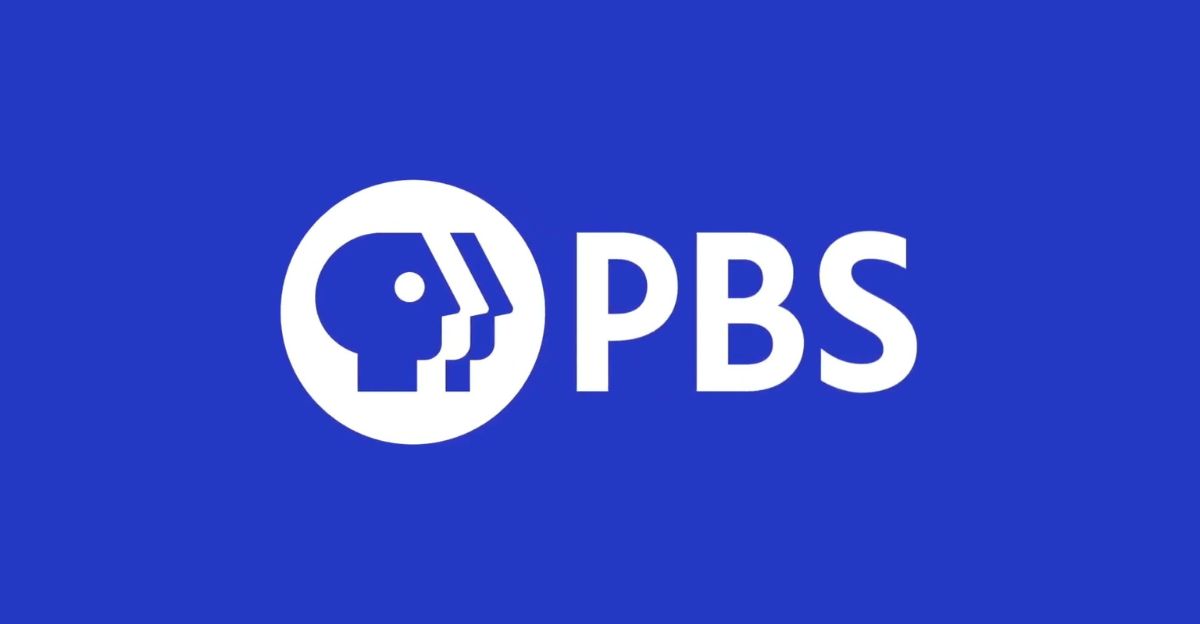
Even if stations survive, the system will look very different. The New York Times reports public media faces fewer programs, shared services, and heavier reliance on philanthropy.
PBS SoCal executives say rural outlets may have to merge programming or share back-office operations. Meanwhile, wealthier stations can thrive. The universal access model that defined public broadcasting for generations is being replaced by market-driven inequality.
America at a Crossroads
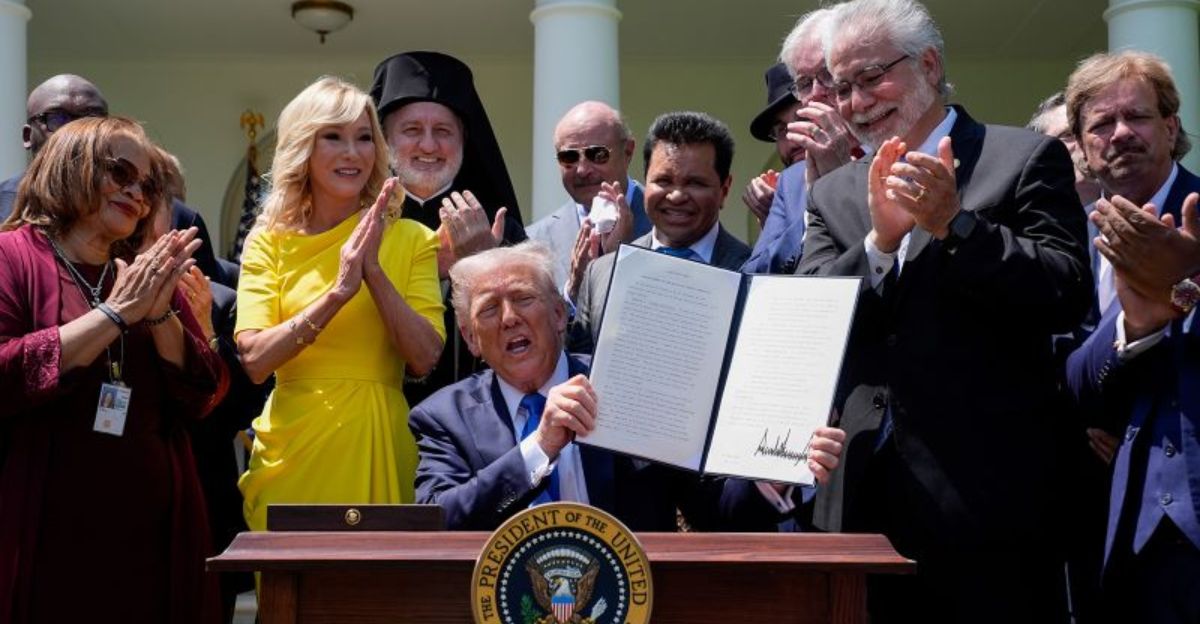
For nearly 60 years, PBS and NPR have been America’s classroom, cultural hub, and trusted emergency service.
According to CPB, these institutions educated generations and saved lives during disasters. Without immediate support, they could vanish forever. This isn’t just about television and radio. It’s about whether Americans still believe in a public trust that serves everyone, no matter where they live. The question now: will we let it die?